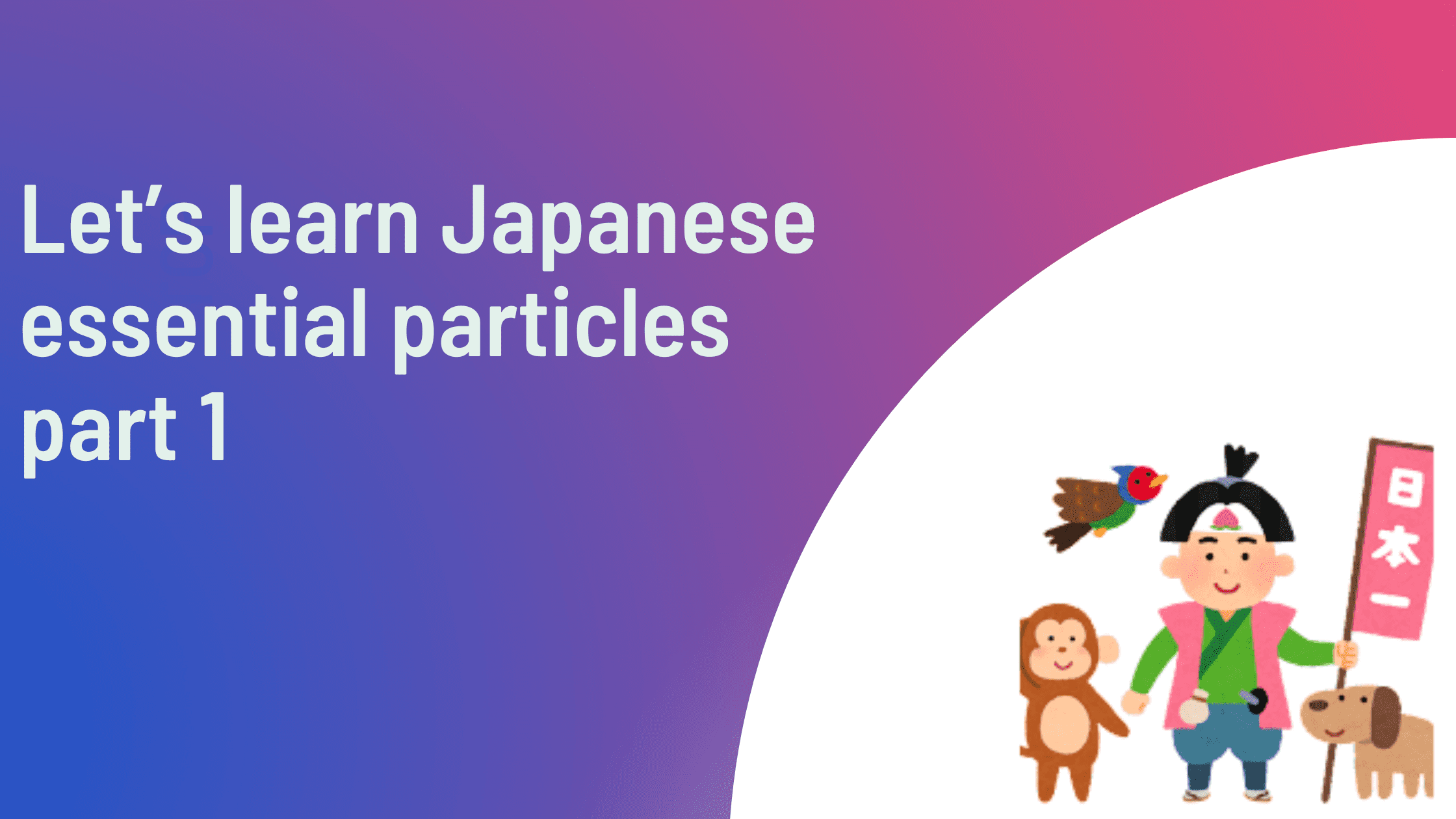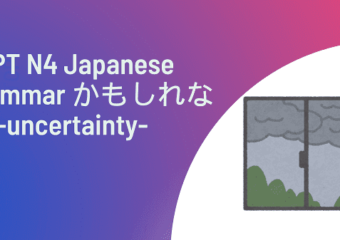You may feel difficulty when learning Japanese particles because there are many particles and one particle has many meanings.
It’s understandable. I have been learning English over 20 years, but I am still struggling to use prepositions.
In this article, I will teach you very basic Japanese particles (は、が、を、へ、に、と、で、から、まで).
There are many Japanese particles, but I chose these 9 particles for now.
I will explain は, が, を, に, へ in this article and と, で, から, まで in a second article.
Each particles have many meanings, but I will teach only the principal ones.
Particles are huge topics, but when you finish reading this article, you will acquire the essential knowledge of particles, so please read this article to the end.
は
Let’s see the two rules to using は.
- Topic
- Comparing
I will explain the details.
For more information, read this article.
What’s the difference between Japanese は and が?
Topic
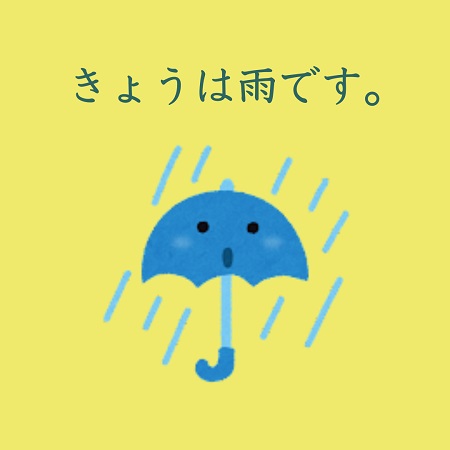
は mentions the topic which you are talking about.
For example, きょうは 雨です, which means it will rain today.
You are talking about today’s weather, so you say きょうは 雨です.
Comparing
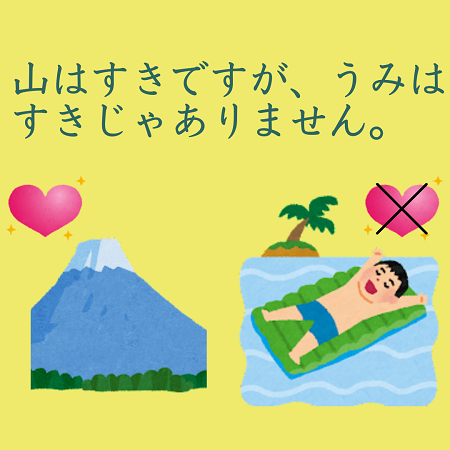
When we compare two things, we use は.
For instance, 山はすきですが、うみはすきじゃありません, which means I like mountains, but I don’t like sea.
This sentence compares mountains and seas.
Therefore, we use は.
Again, I explain in more detail in this article.
Please read this article too.
What’s the difference between Japanese は and が?
が
I picked two rules for が.
- New information
- Exclusive
Let’s see each rule.
New information
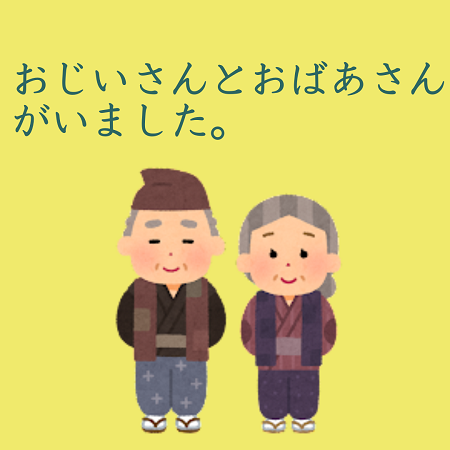
There is a very famous old Japanese story, called Peach Boy.
The begging of the story goess…
Japanese
むかしむかし、おじいさんとおばあさんがいました。
おじいさんは山へ、おばあさんは川へいきました。
English
Long time ago, there was an old man and woman.
The old man went to a mountain and the woman went to a river.
In the first sentence, we have no idea who the old man and woman are, but we know who they are in the second sentence.
That’s why we use が in the first sentence and は in the second sentence.
Exclusive

When you say AがB, it means A is the one.
が excludes others.
For example, if someone says わたしがリーダーです, it means I am a leader and others are not.
On the other hand, if someone says わたしはリーダーです, he (or she) just mentions his (or her) position.
More information in this article.
What’s the difference between Japanese は and が?
を
I pick two basic rules for を.
- Object
- Moving
Let’s see the details.
Object
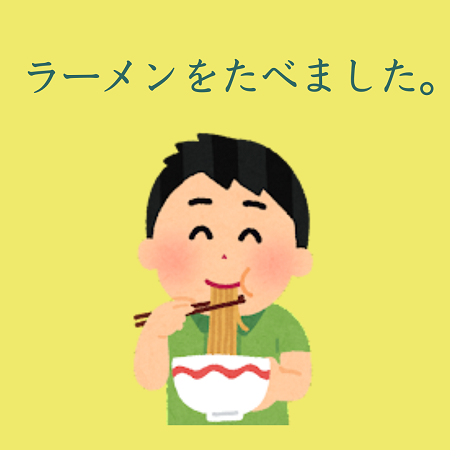
This is very essential.
を is a part of the object.
Object means a noun or a pronoun that is acted upon by a verb.
Let’s see some examples.
Japanese
わたしは きのう ラーメンをたべました。
English
I ate ramen yesterday.
In this case, ramen is an object, which is affected by a verb (ate).
Thus, we say ラーメンをたべました。
Let’s see another example,
Japanese
わたしは ともだちに プレゼントをあげました。
English
I gave my friend a present.
In this sentence, a present is a noun which acted upon by a verb (gave).
Therefore, we say プレゼントを あげました。
However, this is different from English.
In English, there are two objects in this sentence, which are “present” and “friend”.
“Friend” is thought of as an indirect object, which means the recipient of an action.
We use に for indirect objects.
Moving
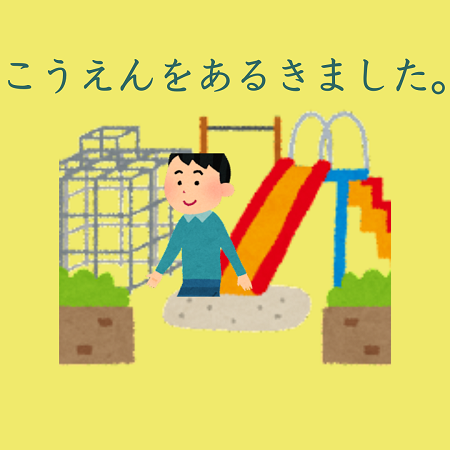
When something moves to somewhere, we use を.
Let’s see two examples.
Japanese
わたしは こうえんを あるきました。
English
I walk in a park.
I walk in a park means I move in a park.
Like this, を connects a place where you are moving.
Let’s see another example.
Japanese
とりが 空を とんでいます。
English
Birds are flying in the sky.
You know, birds are moving in the sky.
They are flying somewhere, so we say とりが 空を とんでいます。
You may know place+で.
I will explain the difference between を and で in the next article.
4 Essential Japanese particles -と、で、から、まで-
に
I chose three very basic rules.
These are supposed to appear in beginner textbooks, so they are essential.
- Time
- Existence
- To who
Let’s learn the roles of に.
Time
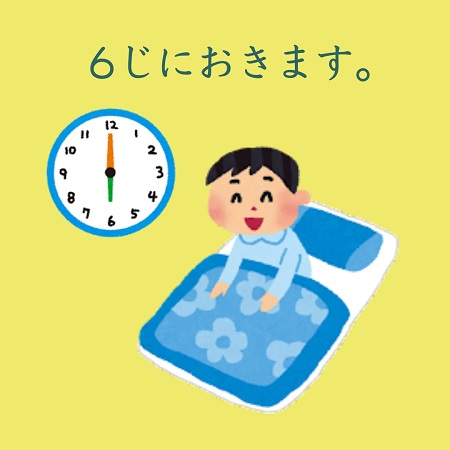
Time+に+V
This is very very very basic role of に.
Japanese
6じに おきます。
English
I wake up at 6.
Japanese
5じに かえります。
English
I go back home at 5.
Japanese
にちようびに レストランへ いきました。
English
I went to a restaurant on Sunday.
What’s the difference between にちようびに…いきました and にちようびは…いきました?
If someone asked you when you went to a restaurant, you would say にちようびに…いきました because you are answering the day that you went.
On the other hand, if you are talking about what you did on Sunday, you would say にちようびは…いきました because にちようび is the topic of your conversation.
Existence
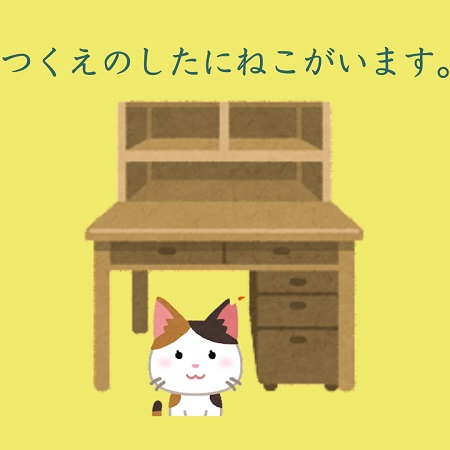
Place+に+nountが+あります/います
あります and います are used to mention existence.
Japanese
つくえの したに ねこが います。
English
There is a cat under the desk.
Japanese
コンビニの なかに フードコートが あります。
English
There is a food court in convenient stores.
Please read this article for more information.
Japanese aru vs iru, what’s the difference?
To who
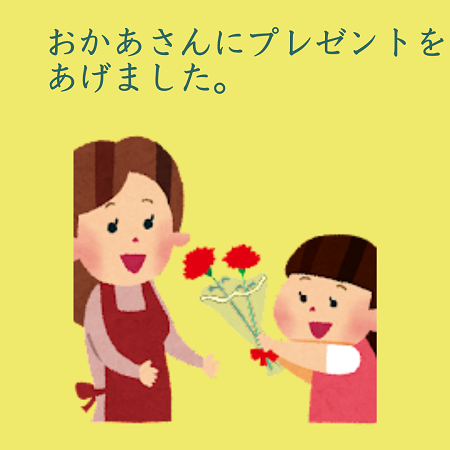
Let’s see some examples.
Japanese
おかあさんに プレゼントを あげました。
English
I gave my mom a present.
Japanese
かぞくに にもつを おくりました。
English
I sent my family a package.
Japanese
せんせいは がくせいに にほんごを おしえます。
English
A teacher teaches students Japanese.
へ
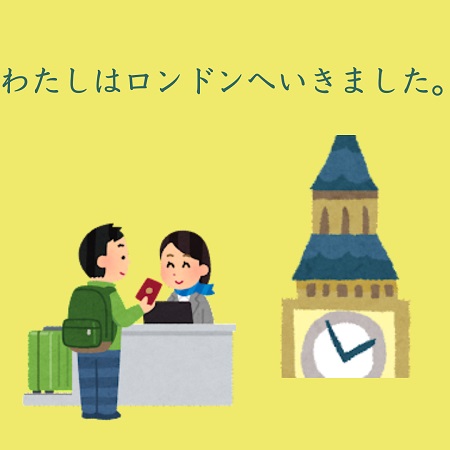
I teach you one way to use へ, which is a direction.
For instance,
Japanese
わたしは ロンドンへ いきました。
English
I went to London.
In this case, I focus on the direction rather than the place.
You can switch へ to に, but に focuses on the destination rather than the direction.
To know the difference, let’s see another example.
Japanese
たいふうが 日本へ きています。
English
A typhoon is coming to Japan.
In this case, the direction (to Japan) is more important than the destination and we don’t know where the typhoon will arrive precisely.
Therefore, both に and へ work, but using へ is more accurate.
Conclusion
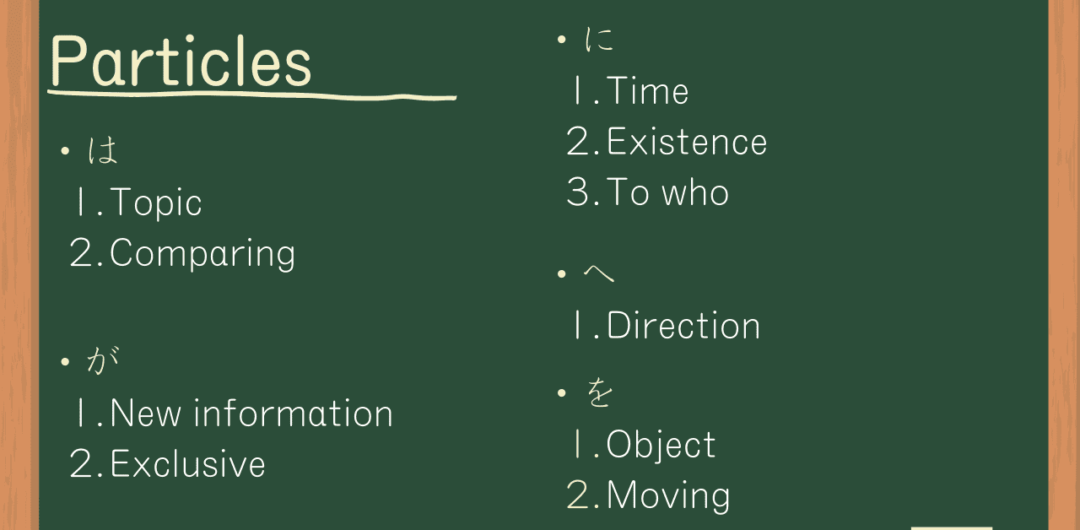
These particles are called かくじょし and these are essential knowledge for speaking Japanese.
If you use the correct particles, we don’t care about the grammatical order.
However, when you use the wrong particles, it will lead to miscommunication.
That’s why please practice particles in this article and the next article.
I’ll teach you で, と, から and まで next time.
Exercise.
① わたしは せんせい( )にほんご( )ならいます。
② きょう( )うみ( )いきます。
③ あの どうろ( )わたりましょう。
④ あの こうえん( )コヨーテが います。
⑤ いつも 10じ( )ねます。
⑥ もう ごはん( )たべましたか。
⑦ Q. だれが ケーキを たべましたか。
A. わたし( )たべました。
⑧ げつようび( )日本( )いきます。
⑨ わたしは あなた( )ケーキ( )つくりました。
⑩ 10月10日( )こうえんで イベントが あります。
Answer
① わたしは せんせい(に)にほんご(を)ならいます。
② きょう(は)うみ(へ/に)いきます。
③ あの どうろ(を)わたりましょう。
④ あの こうえん(に)コヨーテが います。
⑤ いつも 10じ(に)ねます。
⑥ もう ごはん(を)たべましたか。
⑦ Q. だれが ケーキを たべましたか。
A. わたし(が)たべました。
⑧ げつようび(に)日本(へ/に)いきます。
⑨ わたしは あなた(に)ケーキ(を)つくりました。
⑩ 10月10日(に)こうえんで イベントが あります。
If you have questions about this exercise, please contact me or leave a comment below.
If you’d like to learn more Japanese, please feel free to contact me.
I teach Japanese in-person or online.
You can also learn Japanese on my Instagram page.

The free trial class online
We offer online classes and in person classes
